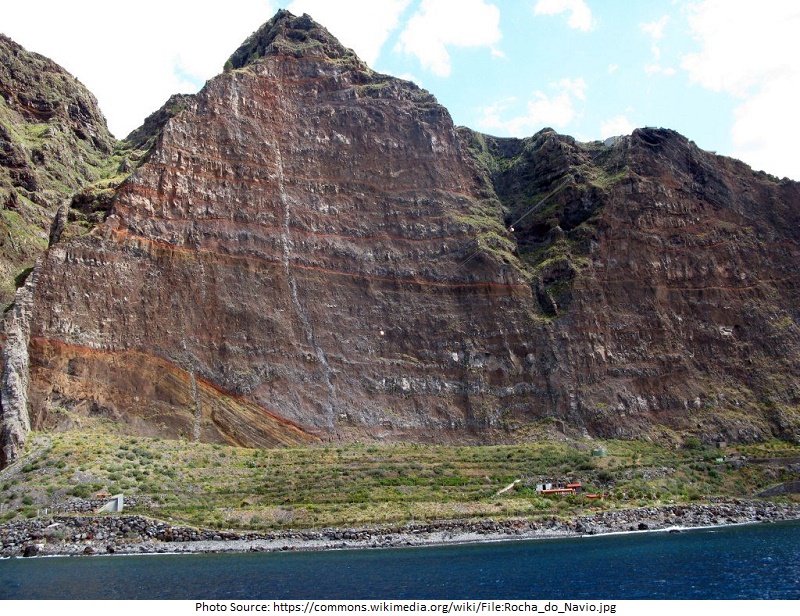25 Best Tourist Attractions to Visit in Hungary
Here is a list of the 25 Best Tourist Attractions in Hungary
1. Zalaegerszeg
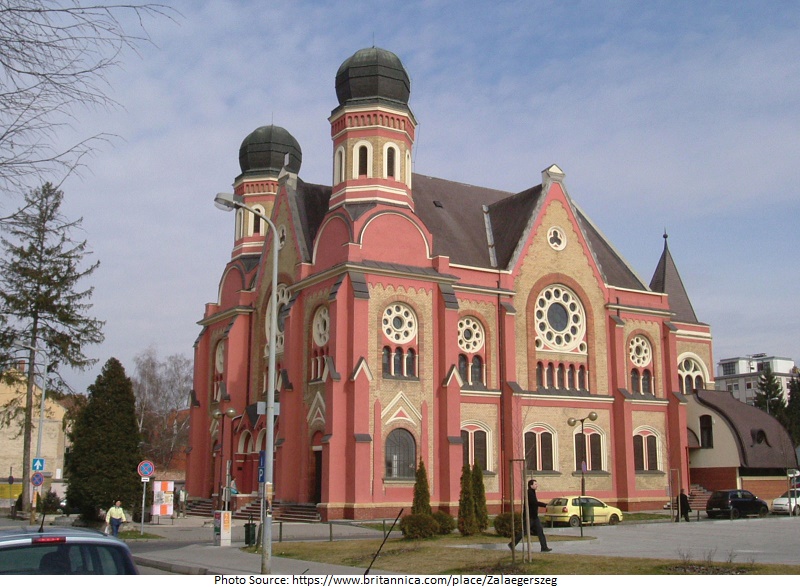
Gratitude to its position on the fringe of the Zala Hills, Zalaegerszeg is a beloved destination for anyone seeking for crisp air and a serene atmosphere. There are many locations for tourists to appreciate in and around the city center, incorporating the Sándor Hevesi Theater, a magnificent fountain adorned with a Göcseji Tulip, and the Mary Magdalen Church. The church is specifically remarkable because of its clock tower, which houses a 200-year-old piece of clockwork exhibited under a glass cover. Another key attraction of the city is the Göcseji Village Museum, the first outdoor folk museum in the country.
2. Visegrad
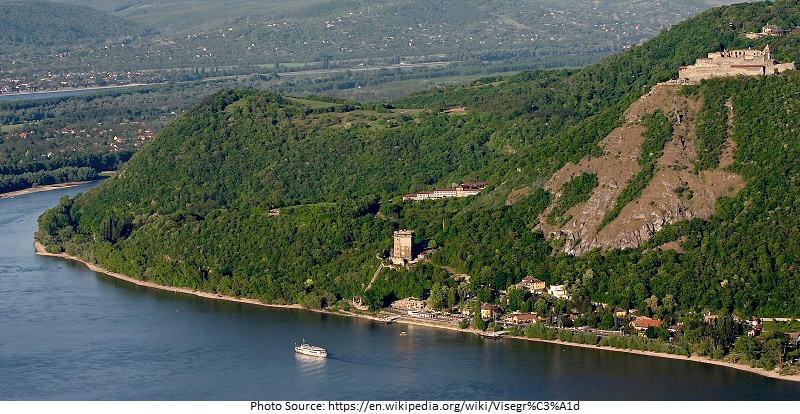
The Royal Palace of Visegrad is one of the key tourist attractions in Hungary; tourists can ascend to the top of the hexagonal Solomon Tower, visit the citadel, and know about the fort’s history in the adjacent museum. Visegrad was the summer residence of King Matthias during the Renaissance period, and the little city still maintains much of its medieval beauty to this day. The city is a wonderful destination all year round, but the finest time to travel is during the Royal Palace Festival in mid-July. Many participators clothe in medieval attires, and tourists can watch merriments, for instance, knights’ tournaments and dance shows.
3. Tata
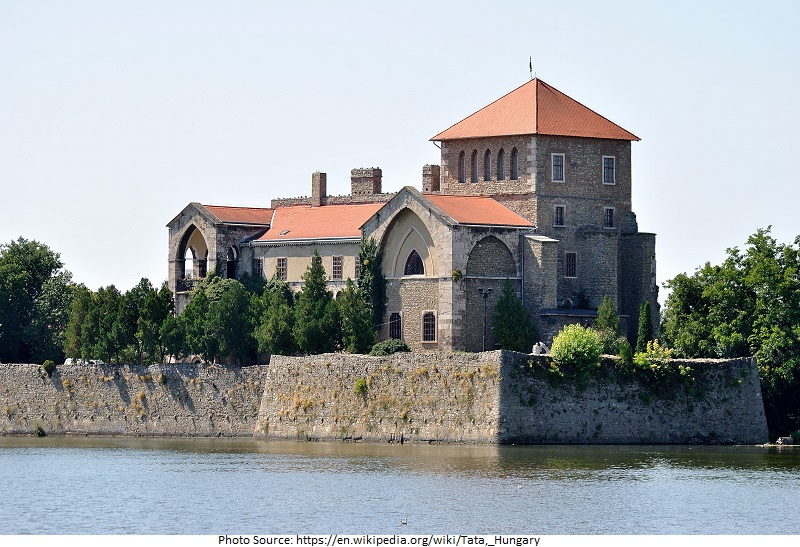
Populated by just 25,000 inhabitants, Tata is a beautiful baroque city effortlessly entered by the Vienna-Budapest motorway. The town’s well-known draw is its Renaissance castle, but other noteworthy edifices incorporate the Esterházy Palace, the city hall in Kossuth Square, and the parish church. Science-inclined tourists will admire the outdoor geological museum, while anyone enthusiastic in the town’s affluent past can travel the regional history collections. Many thrilling carnivals, sporting competitions, and live music programs occur during the summer times, and there is also some open-air swimming pools ideal for cooling off on warm summer days all of which made Tata one of the best tourist attractions in Hungary.
Read More 25 Best Tourist Attractions to Visit in Finland
4. Szolnok
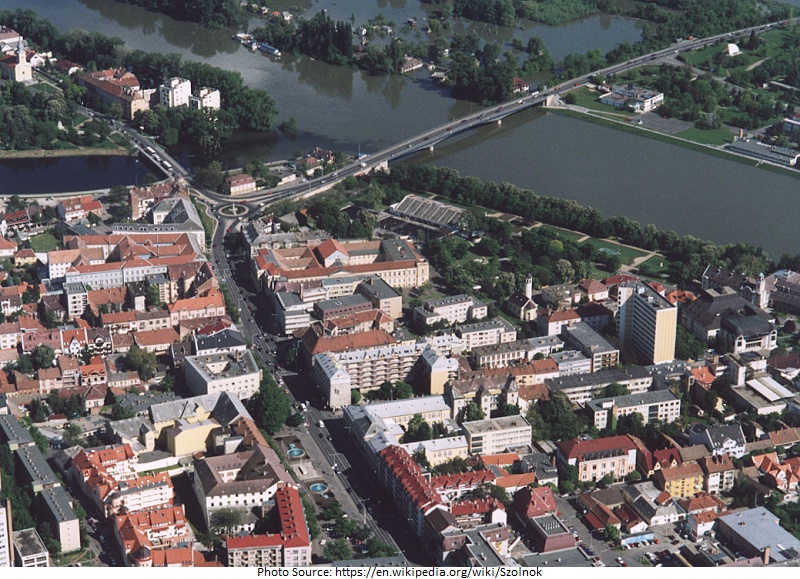
Situated on the edges of the River Tisza, Szolnok is the cultural capital of the Great Hungarian Plain. The town is somewhat deficient in historical architecture; because it was subjected to bombing a dozen times during the Second World War, it has no edifice that dates back further than the 18th century. However, it is the abode to some churches and to the Tiszavirág Bridge, the lengthiest footbridge in Central Europe. Beyond this, the town brags about some comprehensive museums, two rivers and three lakes with wonderful fishing, and the yearly Goulash Festival which attracts participators from all over Europe.
5. Szeged
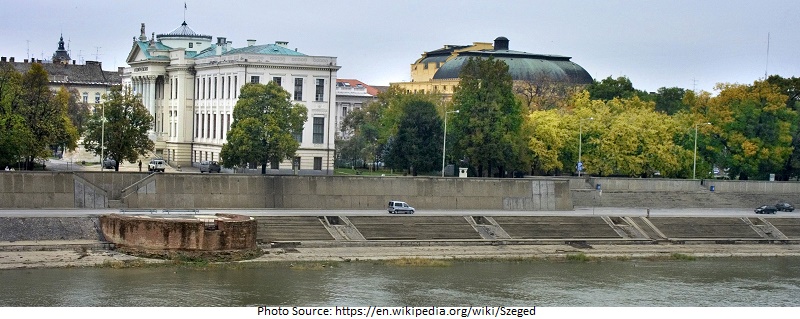
Familiar as the “City of Sunshine” because it has more annual sunny days than any other town in Hungary, Szeged is an energetic university city with a sprightly feel and a vibrant arts scene. The town has much for tourists to relish; the old city brags about a number of charming palaces, the tranquil main square is filled with trees and park benches, and the big pedestrian-only region is fringed with tempting cafes and eateries. Many special programs take place during the summer, and in July and August, Dóm Square is changed into an outdoor theater.
6. Sopron
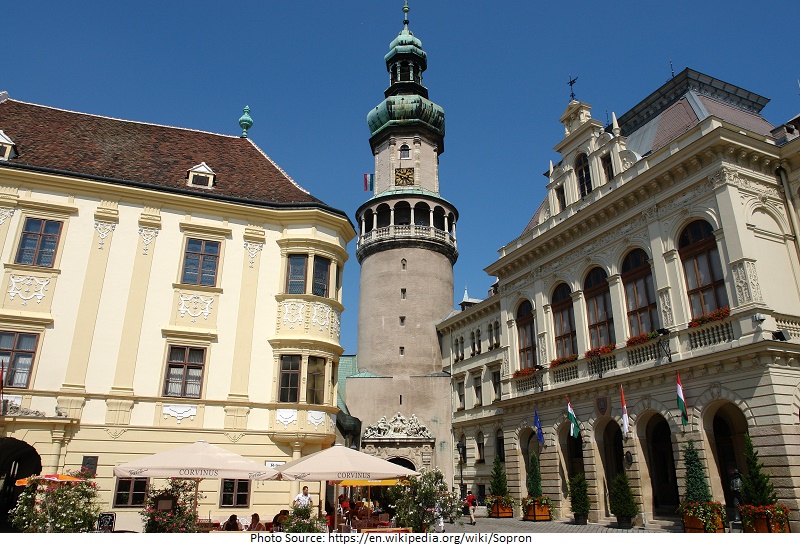
With a captivating history that incorporates assisting to bring about the decline of the Iron Curtain, Sopron is one of the most ancient towns and one of the best tourist attractions in Hungary. It’s also frequently thought to be the most charming town in western Hungary; the medieval Inner Town is mainly unharmed, and its cobblestone paths serpentine their way past magnificent edifices, for instance, the neo-Gothic Ursuline Church, the historic Firewatch Tower, and the elaborate City Hall. The area is also a beloved destination for enthusiasts of excellent wine, as the land around the town is full of rich vineyards and marvelous wineries.
Read More 25 Best Tourist Attractions to Visit in Monaco
7. Siofok
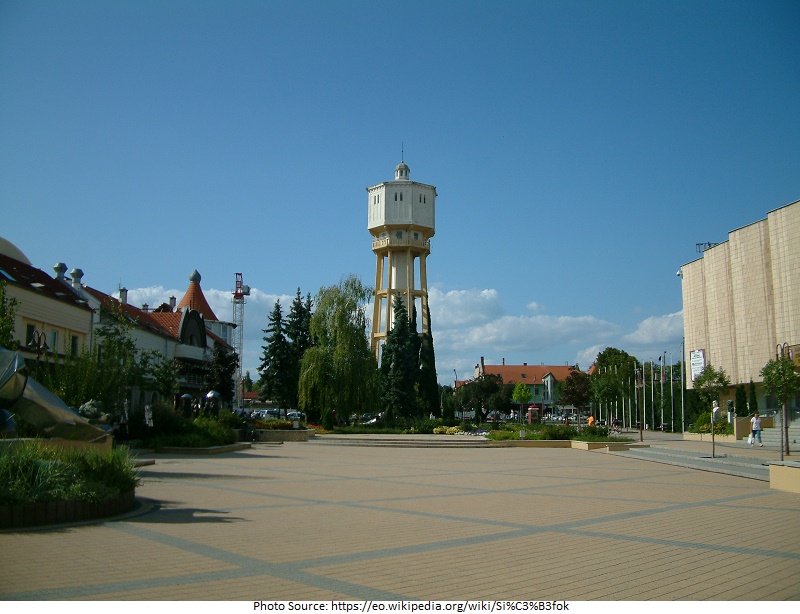
One of the most beloved tourist attractions in Hungary, Siofok is situated on the southern coast of breathtaking Lake Balaton. Tourist attractions incorporate the water tower, the Mineral Museum, and the Great Church, but most folks appear in this place to laze on the shore and swim in the charming waters of the lake. The Petofi passage runs along the coast, providing tourists with many restaurants, cafes, and bars that offer wonderful nightlife after dark. If you’re not enthusiastic in a trip full of late nights, then live music and other amusements are frequently provided on the beach during the day.
8. Pecs
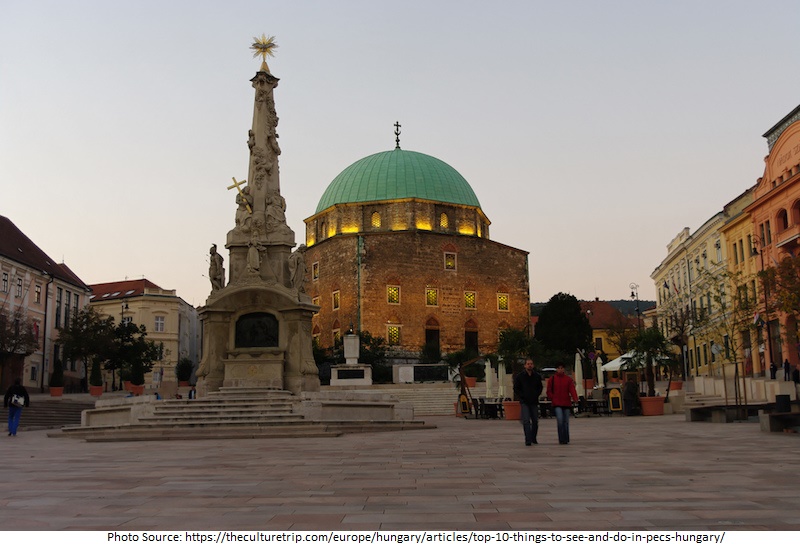
Gratitude to its moderate climate, Roman history, and the plenty of neighboring vineyards, Pécs is familiar as the “city of Mediterranean impressions”. The town is nearly 2,000 years old, and tourists enthusiastic in history can relish the plenty of museums that describes the region’s affluent past. Architectural attractions of the town incorporate the Pécs Cathedral, the Mosque of Pasha Qasim, and the Sopianae Early Christian Mausoleum; many Turkish and Roman remains can be seen throughout the town as well. The neighboring Mecsek Hills offer magnificent hiking chances, and they shelter the region from the cool northern winds and grant the farming of plenty of different fruits.
Read More 25 Best Tourist Attractions to Visit in Moldova
9. Papa
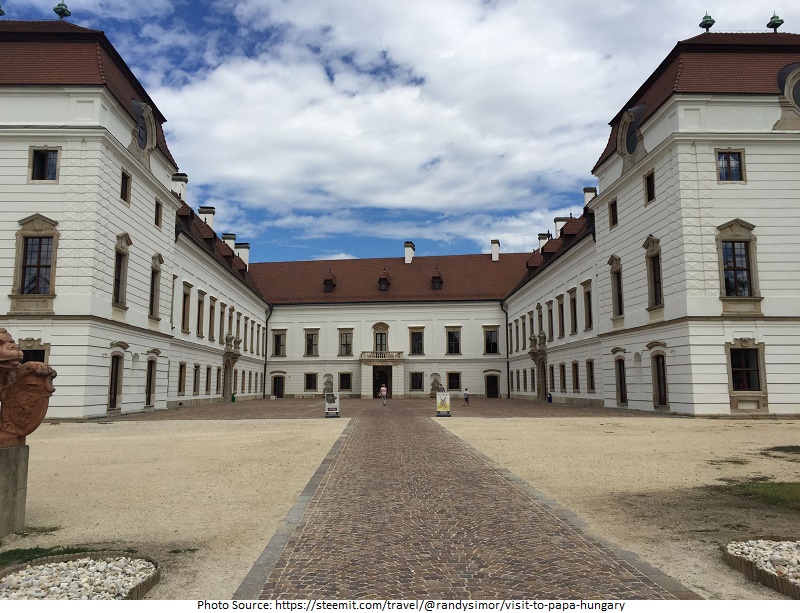
Not distant from the Bakony Hills, Papa is a little town with baroque architecture charming enough to challenge that of the country’s much bigger towns. Plenty of these edifices can be seen in the downtown core, incorporating the Great Church and the gorgeous Esterházy Palace. Another beloved downtown draw is the Blue-Dyeing Museum, which grants tourists to investigate and know about what was previously one of the most significant indigo dying plants in Central Europe. The town is also familiar for its wonderful thermal baths, some of which can be seen in the castle gardens close to the sole 5-star camping place in the country.
10. Orseg National Park
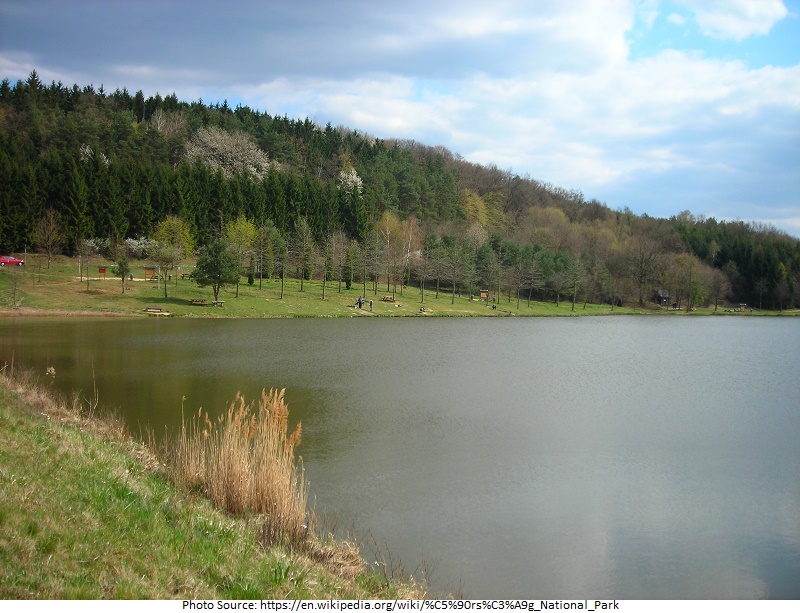
Located not distant from the Austrian and Slovenian frontiers, Orseg National Park boasts about a hilly landscape peppered with jungles, streams, orchards, and peat bogs. Plenty of strolling tracks wind their course through the park, granting tourists to appreciate the good variety of striking birds, one of the biggest butterfly communities in Hungary, and a number of preserved dragonfly species. The beautiful native villages are another attraction for travelers; there are many family-owned pottery trades, and the amiable natives are frequently happy to introduce tourists to the local plants and animals. Guided trips of the park are accessible on request.
11. Miskolc
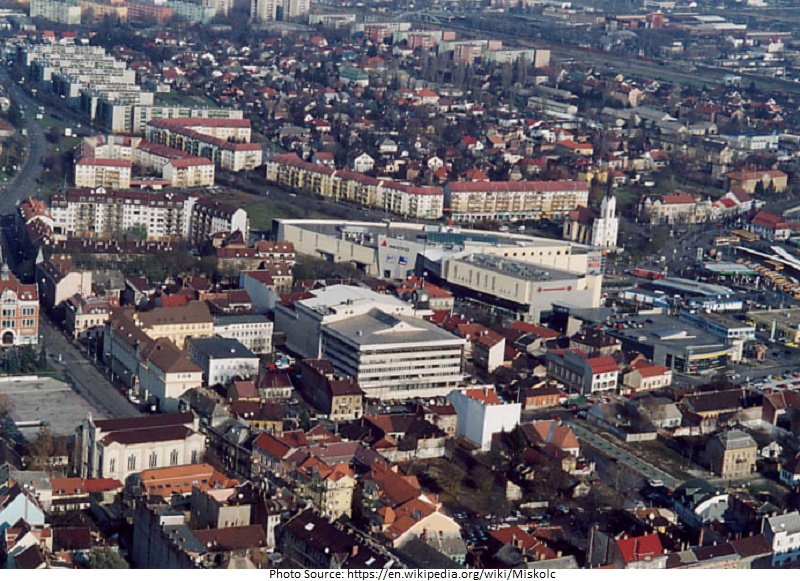
Fringed by Avas Mountain, Miskolc is the fourth-biggest town and one of the key tourist attractions in Hungary. The Szinva Creek cuts through the town’s downtown center, offering a charming setting for plenty of squares and terraces. There are many wonderful museums in the town, incorporating the Pannon Sea Museum, the Ottó Herman Museum, and the Diósgyori Papermill Museum. Another key attraction is the Greek Orthodox Church, which brags about a 16-meter-tall picture-fence that is the biggest in Europe. Miskolc is also a magnificent site to base yourself if you’re enthusiastic in day tours to the closeby Cave Bath or the wine stocks in the foothills of the mountains.
Read More 25 Best Tourist Attractions to Visit in Malta
12. Lake Tisza
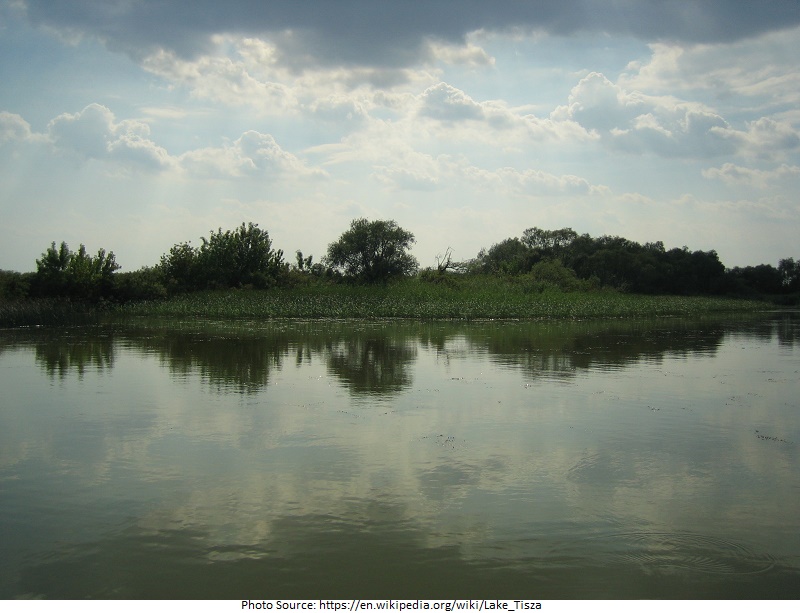
Located just in the middle of the Great Hungarian Plain, Lake Tisza is a big artificial lake made in the 1990s by the obstructing of the Tisza River. Now, the lake is a beloved tourist traveler destination and the coasts are fringed with many amusement areas, camping sites, and locations to hire boats, kayaks, and other water-sports apparatus. There are 16 islands and 10 water channels in the lake, forming it a wonderful location to visit by canoe or by kayak. The lake is also one of the few in Europe that allow the utilization of powerboats and jet skis.
13. Lake Balaton
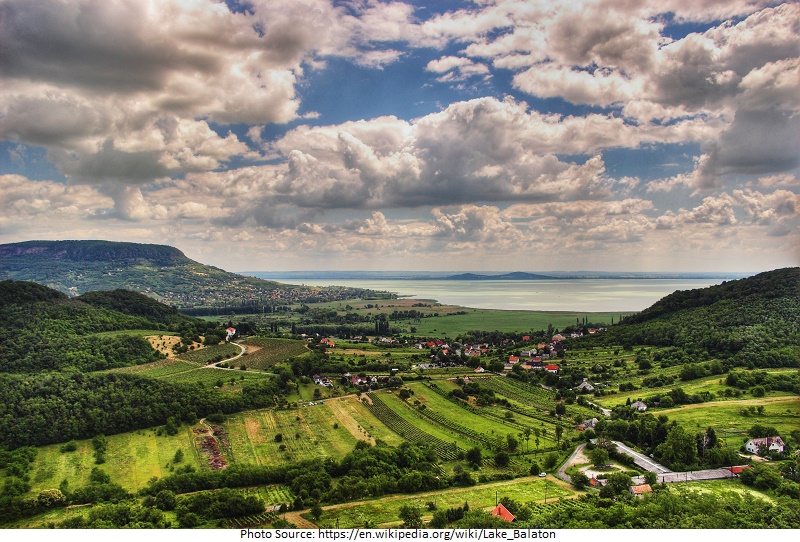
Frequently mentioned as the “Hungarian Sea” because of its majestic 50-mile length, Lake Balaton is the biggest freshwater lake in Central Europe and one of the best tourist attractions in Hungary. With its wonderful green-yellow waters and smooth mud, the lake is a really wonderful spot to swim and is even thought to have therapeutic properties. The southern coasts of the lake brag about shallow water that warms up effortlessly and is ideal for swimming; the water has an average temperature of 80°F during the summer times. The water on the north side of the lake is deeper, cooler, and ideally suited to boating, sailing, water skiing, surfing, and other water activities.
14. Kiskunsag National Park
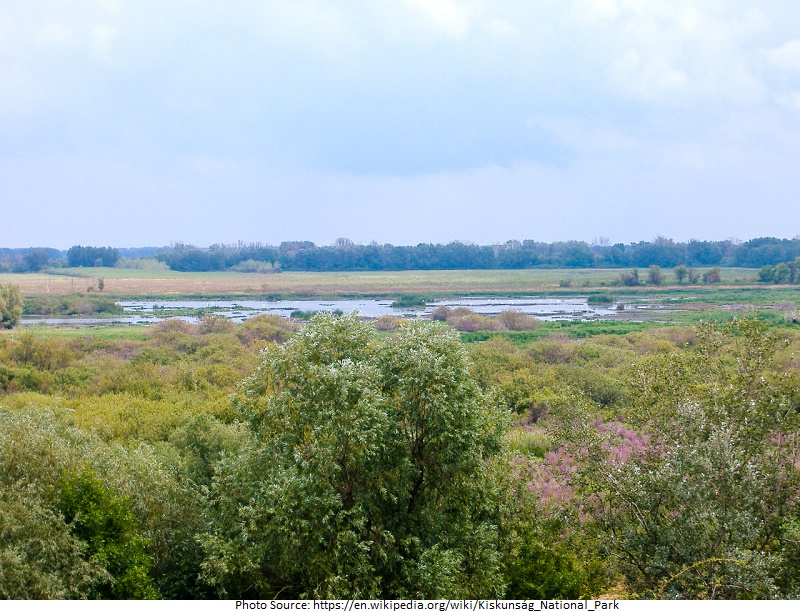
Comprised of nine different regions totaling nearly 50,000 hectares, Kiskunsag National Park is a UNESCO Biosphere Reserve. The park includes a number of distinctive environments, incorporating alkali lakes and ponds, sand dunes that are thought to move with the wind, and grass deserts. Plenty of these regions are vulnerable and only controlled access is allowed, but there are many nature tracks and lookout points that permit tourists to experience their charm. The primary tourists center is familiar as the “House of Nature” and is situated in Kecskemét; it provides information about the park as well as a diversity of academic programs.
15. Keszthely
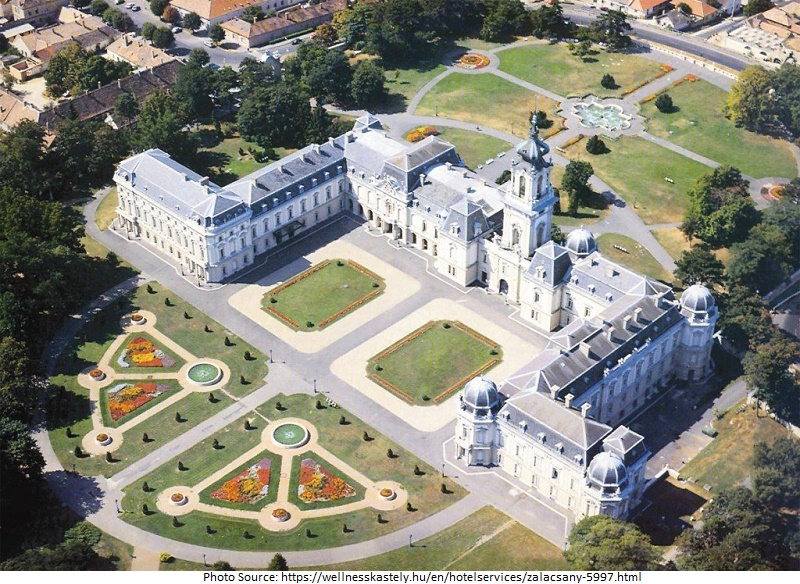
Located on the westernmost coast of impressive Lake Balaton, Keszthely is the most ancient town in the region and a beloved traveler destination. There are three little beaches in the city, which allow tourists to unwind in the sun and relish the hot, shallow waters of the lake. Besides the lake, one of the most beloved views in this place is gorgeous Festetics Castle, a baroque-style edifice that brags about 101 chambers and is the third-biggest castle in the country. Tourists can effortlessly explore the city on foot, but there is also a little traveler train that circles through the town.
16. Kaposvar
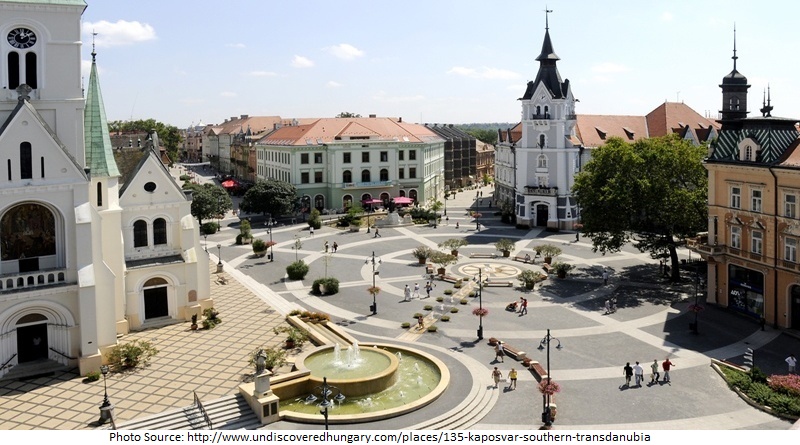
According to an old myth, Kaposvár was established on seven hills in much the same way as other historic towns like Rome and Lisbon. Now, it is a tranquil, well-kept university city with many historical and cultural draws. Traffic has been prohibited on Main Street from the late 1980s, and the wonderful Kossuth Square is a stroller’s dream. The most magnificent edifice in the square is the Nagyboldogasszony Cathedral, but other key attractions incorporate the historic Hotel Erzsébet and the Town Hall. Tourists looking to pass some time in nature can advance to the town park or peaceful Lake Deseda.
Read More 25 Best Tourist Attractions to Visit in Germany
17. Heviz
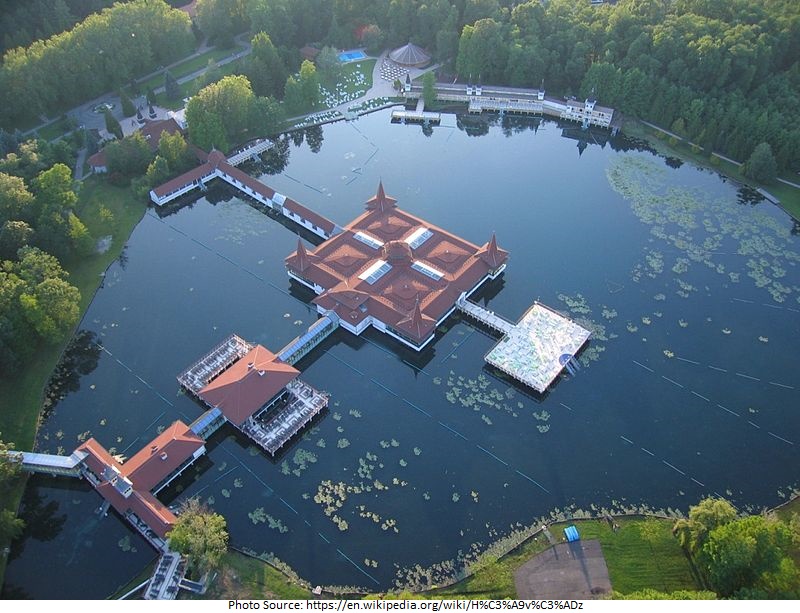
Basically a spa city, Hévíz is situated not distant from Lake Hévíz, the second-biggest thermal lake in the world. The lake is thought to have remedial properties, and besides bathing in its waters, tourists can go to one of the plenty wellness spas in the city that provide remedial mud baths, mud wraps, weight baths, and other remedies. If you’ve had enough of unwinding and are enthusiastic in doing a bit of shopping, you can travel the cities beautiful pedestrian street or go to the farmer’s bazaar, which is held a few times a week.
18. Gyor
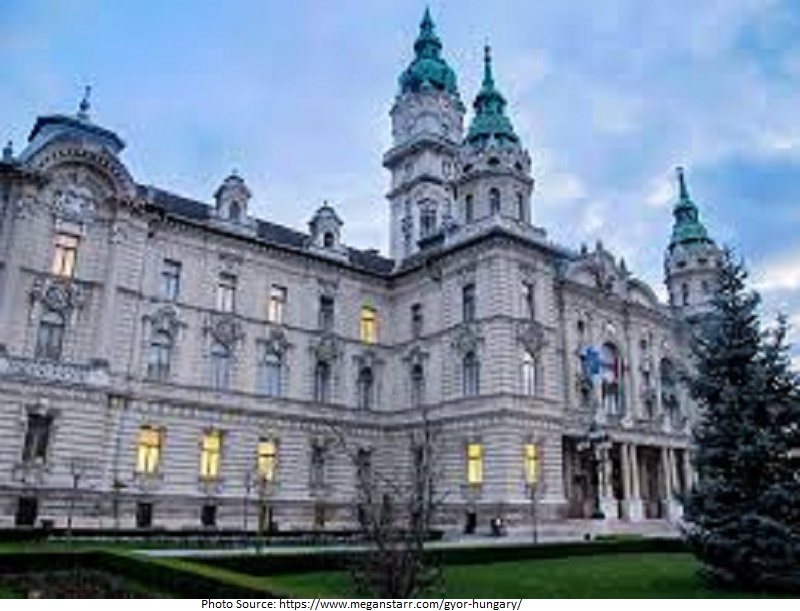
It is familiar firstly as a financial and industrial center, but the town has much for tourists to find and perform. The downtown center is worth a tour for its charming baroque architecture alone, but there are also many wonderful museums and cafes. Located on the edges of the Rába, Rábca, and Danube rivers, the town is a magnificent spot for tourists to base themselves if they’re enthusiastic in traveling the region by boat or canoe. If you wish to unwind by the water without going to the river, there is also a big, family-friendly water park with waterslides, thermal baths, and a sauna.
19. Eger
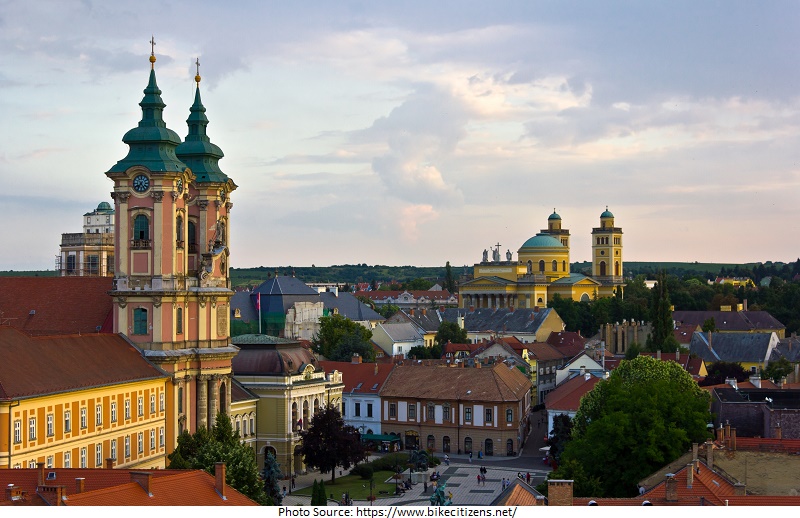
Situated in the foothills of the Bükk Mountains, Eger is the abode to what are possibly the most charming baroque edifices in Hungary. The town is best familiar for its medieval fort, which assisted protect the town against the Turks, but tourists can also ascend to the top of a genuine Ottoman minaret, laze in the thermal baths, or travel the wine cellar concealed under the basilica. The region is also a well-familiar wine area, and tourists shouldn’t miss the opportunity to travel the wine stocks in the Valley of Beautiful Women and taste the Egri Bikavér and other specialty native wines.
20. Debrecen
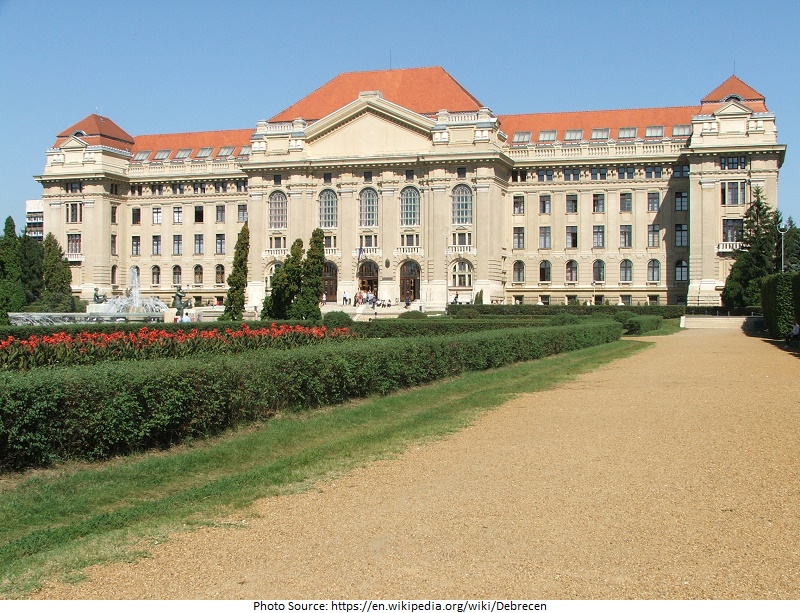
The second biggest town in the country, Debrecen has been the Hungarian epicenter not once but twice over the course of its history. The town’s affluent history can be found in the plenty of historical edifices that fringe the street, specifically in and around the central Kossuth Square. Debrecen also has its good share of museums, incorporating the noteworthy Déri Museum, a national museum of arts. The summertime is an exceptionally fine time to travel the town, as there are many street carnivals, incorporating the famous Flower Carnival, which occurs in August every year.
21. Danube Drava National Park
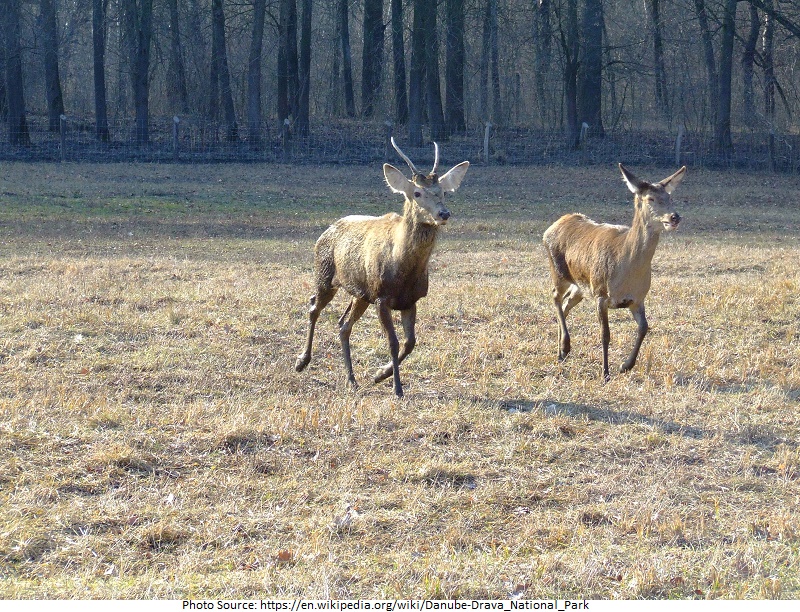
Mostly located inside the flood land regions of the Danube and the Drava rivers, the Danube Drava National Park is the abode to over 400 species of preserved flora and fauna. Draws in the park incorporate the Abaliget Medicinal Cave, the Bat Museum, the Life on the Flood Plains Exhibition, and some instructive education centers. Many strolling and cycling trails curve their courses along the river and through the wetlands. Guided trips of the park are accessible by bicycle, boat, canoe, train, and horse carriage; a picnic lunch of native specialties can be organized if wished.
22. Bukk National Park
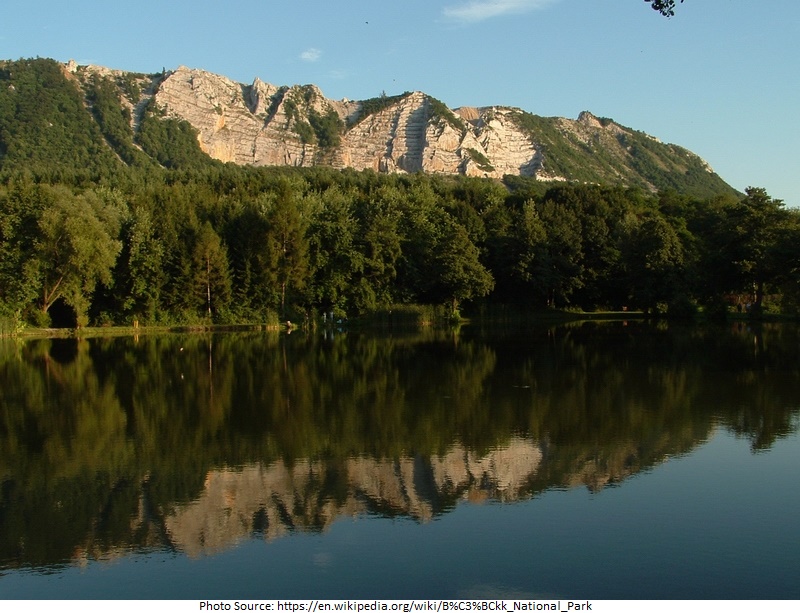
With its 431,300 hectares of mountainous and jungled territory, Bukk National Park is the biggest national park in Hungary and is a beloved holiday destination. A magnificent 97% of the park is coated with trees; because of this, the region is the abode to 90 separate species of nesting birds, some of which are rare and cannot be seen anywhere else. Besides being the abode to a broad diversity of plant and animal life, the Karst Mountains in the park brag about a good number of caves, incorporating one familiar as Istvánlápa, which is the lengthiest and deepest cave in the country.
23. Balaton Uplands National Park
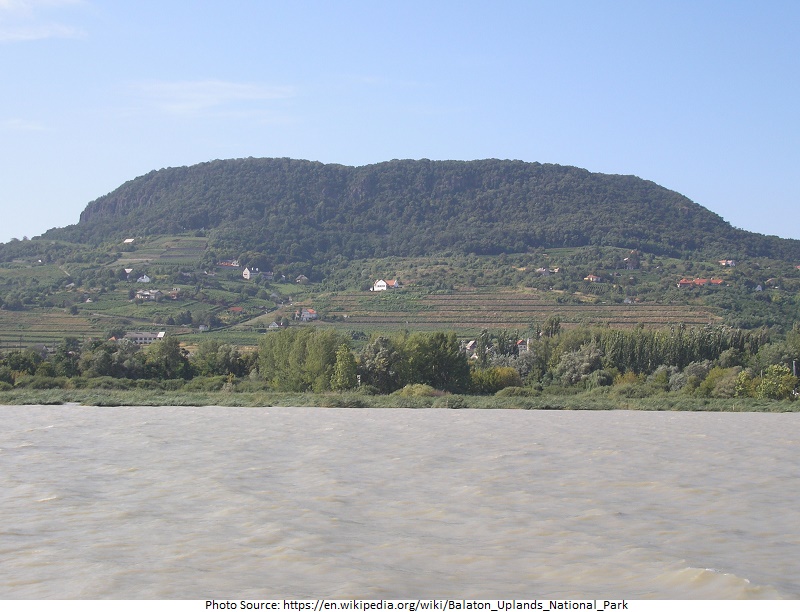
Established in 1997 by the fusion of six already-preserved regions, Balaton Uplands National Park surrounds nearly 57,000 hectares on the coasts of the outstanding Lake Balaton. The park is the abode to a broad diversity of flora and fauna species, and there are many strolling trails for tourists to enjoy. Each of the six regions has its own distinctive beauty; tourists can hire little boats to paddle around in the cave system of Cave Lake in the Tapolca Basin, appreciate the wonderful rock developments in the Bakony-Balaton Geopark, or travel Kányavár Island to ascend the watchtower and locate great crested grebes.
24. Aggtelek National Park
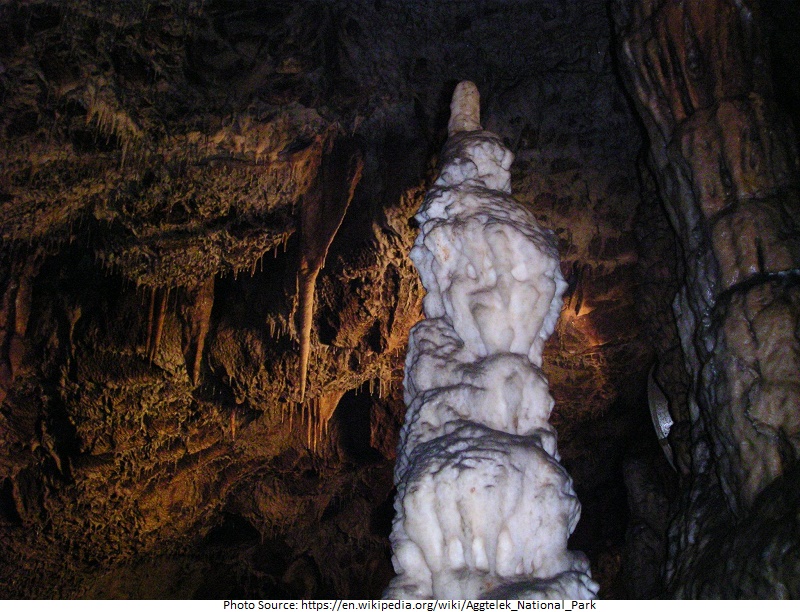
Situated in the Gömör-Torna Karst area of northern Hungary, Aggtelek National Park was established in 1985 to defend the distinctive natural wealth in the region. One of the park’s largest draws is the 26-km-long Baradla Cave, which has the glory of being the biggest stalactite cave in Europe. Some other caves are accessible to the public, incorporating the Imre Vass Cave and the Peace Cave, which is thought to assist people suffering from asthma. There are many strolling tracks in the park, and tourists can also take one of the special botanical or zoological trips on offer.
25. Budapest
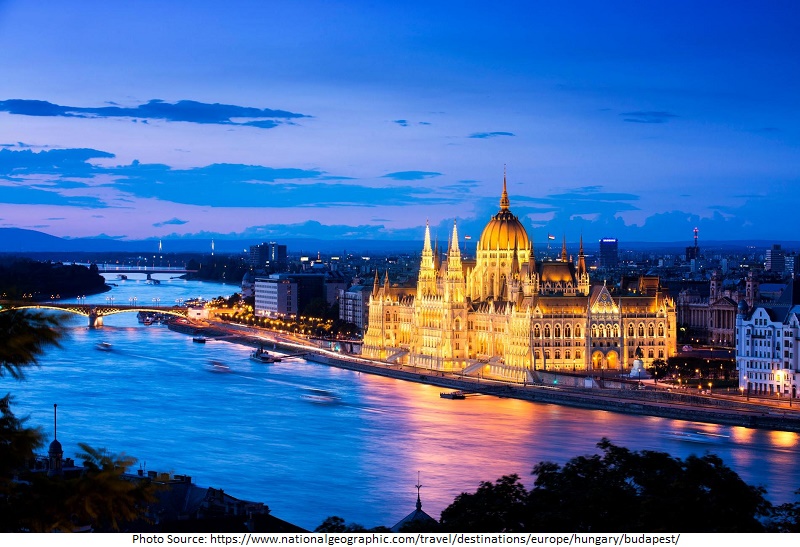
The epicenter town of Hungry, Budapest is familiar for its panoramic place on the banks of the Danube, it’s charming and diverse architecture, and it’s unwinding natural thermal baths. The town is also a wonderful destination for music enthusiasts; it brags about a world-class classical music spot as well as a sprightly nightlife that draws young people from all over Europe. Castle Hill is where plenty of the town’s fortunes are situated, incorporating the Royal Palace, the National Gallery, and the Historical Museum. Many charming sights can be seen along the river as well, incorporating a good number of iconic bridges.

